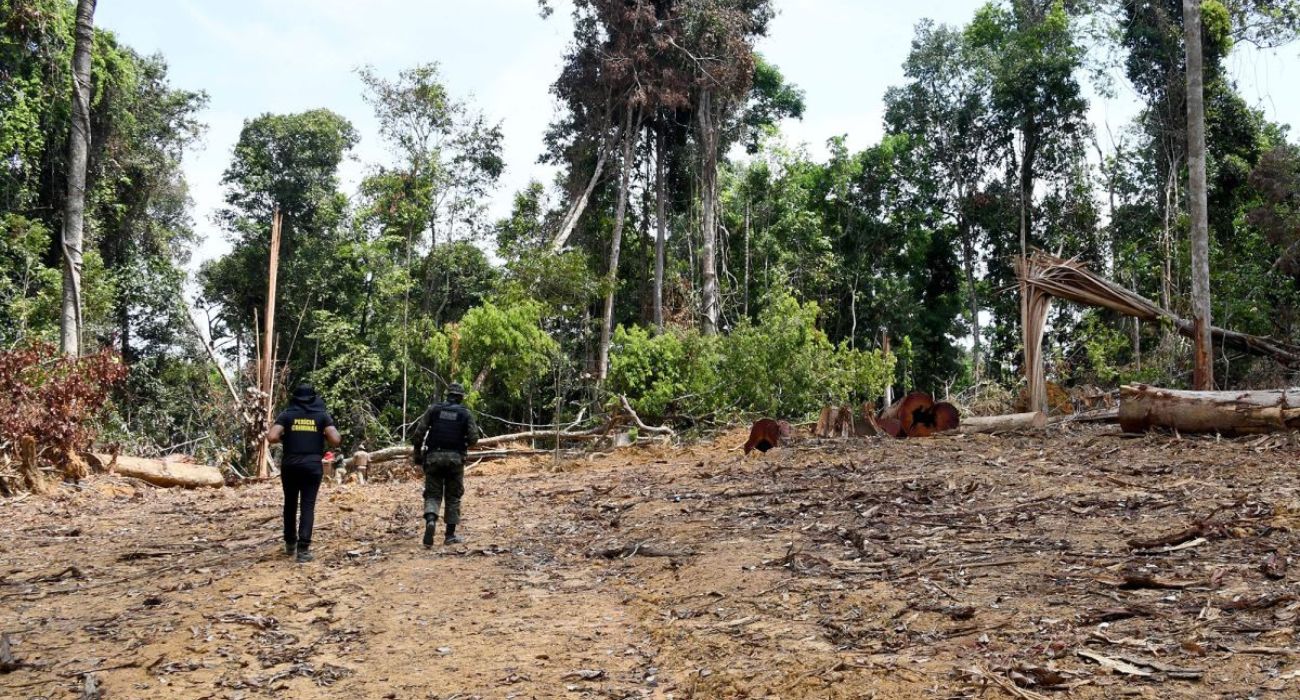A new report states that the Amazon rainforest has lost 10% of its landmass in the past 36 years.
The report, published by the Amazon Network of Georeference Socio-Environmental Information (RAISG) states that satellite imagery shows that 292,000 square miles, an area roughly the size of Texas, were leveled from 1985 to 2021.
“The losses have been enormous, virtually irreversible, and with no expectation of a turnaround,” read a RAISG statement on December 2. “The data signals a yellow light and gives a sense of urgency to the need for coordinated, decisive, and compelling international action.”
Brazil, which hosts nearly two-thirds of the Amazon rainforest, leads the South American continent in deforestation, accounting for about 84% of rainforest loss. The country has seen a huge surge in population along the coastal region, and the majority of the population is under the age of 29.
In an effort to make way for agriculture and housing, Brazil cut down roughly 7,500 square miles in 2020—a roughly 60% increase from the previous year.
The World Wildlife Fund (WWF) argued in a November 8 report that Brazil’s efforts to spearhead agricultural and residential development come at a cost to Brazilian residents and the world population.
“The Amazon is home to 20% of the world’s freshwater,” the WWF report reads. “The release of mercury emitted from illegal and informal gold mining also poses a significant threat, poisoning water, air and soil, and moving up the food chain from fish to humans.”
Along with impacting the water supply, deforestation has led to mass forest fires, which cause seasonal bronchitis for Brazilians, the report claims. Beyond physical poisoning, the WWF stated that deforestation may also contribute to carbon emissions.
The journal Nature claims that deforestation has made the Amazon rainforest no longer a carbon sink, meaning that it no longer consumes more carbon than it produces. In previous years, the Amazon’s function as a carbon sink helped to offset global emissions.
“One of the consequences of the loss of the Amazon biome is that it would be impossible… [to keep] the increase in global temperature below 1.5 degrees Celsius in relation to the pre-industrial era (1850- 1900),” RAISG wrote.
Wayne Walker, a researcher at the Woods Hole Research Center, said in a Lima, Peru press conference on December 2 that the Amazon keeps global emissions from exploding to unprecedented levels.
“At least some 75 billion metric tons of carbon are stored across the Amazon,” Walker stated. “If all that carbon ended up immediately in the atmosphere, that would be about seven times global annual emissions.”






